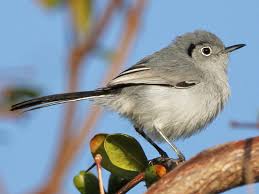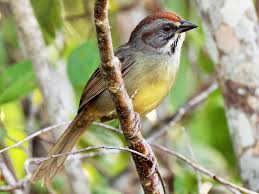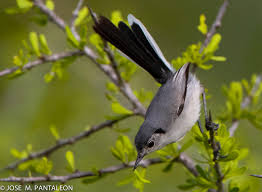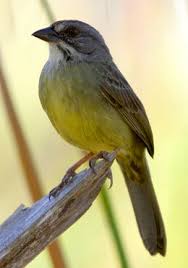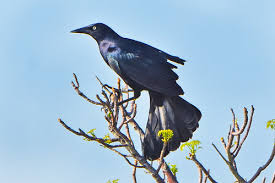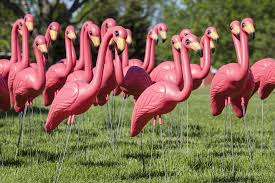 FLORA Y FAUNA DE LA CAYERIA DEL NORTE DE CUBA. PHOTOS.
FLORA Y FAUNA DE LA CAYERIA DEL NORTE DE CUBA. PHOTOS.
El archipiélago Sabana -Camagüey, considerado el mayor grupo de islotes que rodean la Isla de Cuba, se extiende a lo largo de unos 465 kilómetros en la costa norte de la región central del país.
La hilera de cayos dotada de bellezas naturales y paralela al litoral fue denominada por Diego Velázquez a inicios del siglo XVI como los Jardines del Rey, en homenaje al entonces monarca de España, Fernando El Católico.
Cubiertos de bosques, con predominio de árboles pequeños y mangle, y más de 40 kilómetros de playas, muchas aún vírgenes, los cayos Coco, Guillermo, Paredón Grande, Antón Chico y Media Luna, forman parte de la Reserva de la Biosfera Buenavista.
Esos islotes bañados por el mar Atlántico sirven de hábitat a más de 200 especies de aves, de 14 géneros, entre migratorias, terrestres y endémicas, lo que representa un gran potencial para el turismo de naturaleza en la zona.
Los cayos del Norte de la Cayeria Norte de nuestra isla constituyen refugios permanentes o temporales para las aves, tanto para especies propias del territorio cubano como para otras que llegan desde tierras lejanas en busca de un clima más benigno. Hasta ahora se han reportado unas 234 variedades de plumíferos, más del 63 por ciento de las registradas en la Isla, de las cuales una cifra significativa es migratoria, debido a la existencia en la zona de un importante corredor internacional.
Debido a su posición en el Golfo de México, esos escenarios naturales se consideran un punto vital para la residencia invernal de aves de paso, no sólo para la permanencia en la época invernal, sino también para breves estadías, y luego proseguir rumbo al sur del continente.
No obstante, otros pájaros viajeros formaron comunidades permanentes en Cayo Paredón Grande, al encontrar condiciones para su reproducción y alimentación, como son el frailecillo silbador y el vireo de las Bahamas. Según el biólogo Antonio García, este es el único lugar de Cuba donde existen esas dos especies de aves caribeñas, mientras que, al norte de los cayos Coco, Guillermo y Paredón, se encuentra el sitio más importante de nidificación de gaviota en el Caribe, especialmente, de las variedades gallego y monja prieta.
Cayo Coco, uno de los escenarios cubanos de más alta diversidad de especies voladoras, sobresale por tener una gran colonia de flamencos rosados, esa “ave fea en detalle y a la vez tan perseverantemente bella”, como la calificó el famoso escritor estadounidense Ernest Hemingway.
Alrededor de esos parajes conviven algunas joyas endémicas de la Isla como el cabrerito de la ciénaga, el cartacuba, el sinsontillo, el carpintero verde, el pechero, el sinsonte prieto y el gavilán batista, entre otras. Perteneciente al Gran Humedal Norte de Ciego de Ávila, habitan allí poblaciones de coco blanco o ibis blanco, un pájaro larguirucho que dio nombre al islote; la corúa, el periquito, el negrito, el chichinguaco, el zunzún y muchos más.
Los carpinteros jabao, verde y escapulario disponen en toda la cayería de sólo 16 ejemplares de palma real (árbol nacional de Cuba) para construir sus nidos, agujeros que también sirven de guaridas a otros 12 tipos de plumíferos, entre los que se incluyen el sijú y la ciguapa. Explicó García que actualmente los estudios se centran en el vireo de las Bahamas, el cabrerito de la ciénaga y el sinsonte prieto, por ser variedades muy expuestas a desaparecer, si no se les preserva el hábitat natural.
Los atractivos naturales, incluidas las playas de aguas azules transparentes y arena fina, motivaron en esa región el desarrollo hace unos 20 años del destino turístico Jardines del Rey, entre los más importantes de la Mayor de las Antillas.
La cayería norte de la provincia de Ciego de Ávila, 430 kilómetros al este de La Habana, se incluye cada año en el Festival de Aves Endémicas del Caribe, que se desarrolla siempre en el mes de mayo, en ocasión al Día de la Biodiversidad. El evento promueve el conocimiento de la avifauna originaria del área para crear conciencia social sobre la necesidad de protegerla, teniendo en cuenta que más del 26 por ciento de las que habitan en el Caribe son endémicas.
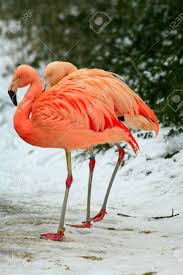 FLORA Y FAUNA OF THE CAYERIA DEL NORTE OF THE ISLAND OF CUBA.
FLORA Y FAUNA OF THE CAYERIA DEL NORTE OF THE ISLAND OF CUBA.
The Sabana -Camagüey archipelago, considered the largest group of islets that surround the island of Cuba, extends along about 465 kilometers on the north coast of the central region of the country.
The row of keys endowed with natural beauties and parallel to the coast was named by Diego Velázquez at the beginning of the 16th century as the Jardines del Rey, in homage to the then Spanish monarch, Fernando El Católico.
Covered with forests, with a predominance of small trees and mangroves, and more than 40 kilometers of beaches, many of them still virgin, Cayos Coco, Guillermo, Paredón Grande, Antón Chico, and Media Luna are part of the Buenavista Biosphere Reserve.
These islets bathed by the Atlantic Ocean serve as habitat to more than 200 species of birds, of 14 genera, including migratory, terrestrial and endemic, which represents a great potential for nature tourism in the area.
The keys of the North of the Cayeria Norte of our island constitute permanent or temporary refuges for the birds, as much for own species of the Cuban territory as for others that arrive from distant lands in search of a more benign climate. Up to now, some 234 varieties of feathers have been reported, more than 63 percent of those registered on the Island, of which a significant number is migratory, due to the existence of an important international corridor in the area.
Due to its position in the Gulf of Mexico, these natural scenarios are considered a vital point for the winter residence of birds of passage, not only for the stay in the winter season, but also for short stays, and then continue south of the continent.
However, other traveling birds formed permanent communities in Cayo Paredón Grande, finding conditions for their reproduction and feeding, such as the whistling puffin and the vireo of the Bahamas. According to the biologist Antonio García, this is the only place in Cuba where these two species of Caribbean birds exist, while, to the north of the Coco, Guillermo and Paredón keys, is the most important gull nesting site in the Caribbean, especially, of the Galician and nun brown varieties.
Cayo Coco, one of the Cuban scenarios of the highest diversity of flying species, stands out for having a large colony of pink flamingos, that “bird ugly in detail and at the same time so perseveringly beautiful”, as the famous American writer Ernest Hemingway described it.
Some endemic jewels of the Island coexist around these places, such as the cabrerito de la ciénaga, the cartacuba, the sinsontillo, the green carpenter, the pechero, the dark mockingbird and the batista gavilán, among others. Belonging to the Great North Wetland of Ciego de Ávila, there live populations of white coconut or white ibis, a lanky bird that gave its name to the islet; the corúa, the parakeet, the negrito, the chichinguaco, the zunzún and many more.
The jabao, green and scapular carpenters have in all the keys of only 16 specimens of royal palm (national tree of Cuba) to build their nests, holes that also serve as lairs to other 12 types of feathers, including Sijú and the ciguapa. Garcia explained that currently, the studies focus on the vireo of the Bahamas, the cabrerito de la swamp and the dark mockingbird because they are very exposed to disappearing if they are not preserved the natural habitat.
The natural attractions, including the beaches of transparent blue waters and fine sand, motivated in that region the development about 20 years ago of the tourist destination Jardines del Rey, among the most important of the Greater Antilles.
The northern keys of the province of Ciego de Ávila, 430 kilometers east of Havana, is included each year in the Caribbean Endemic Bird Festival, which always takes place in May, on the occasion of Biodiversity Day. The event promotes knowledge of the avifauna native to the area to create social awareness on the need to protect it, taking into account that more than 26 percent of those living in the Caribbean are endemic.
Agencies/ RHC/ Pedro M. Otero/ Internet Photos/ Extractos/ Excerpts/ Arnoldo Varona/ www.TheCubanHistory.com
THE CUBAN HISTORY, HOLLYWOOD.



 < FLORA and FAUNA of the Cayeria North of the island of Cuba. PHOTOS.
< FLORA and FAUNA of the Cayeria North of the island of Cuba. PHOTOS.